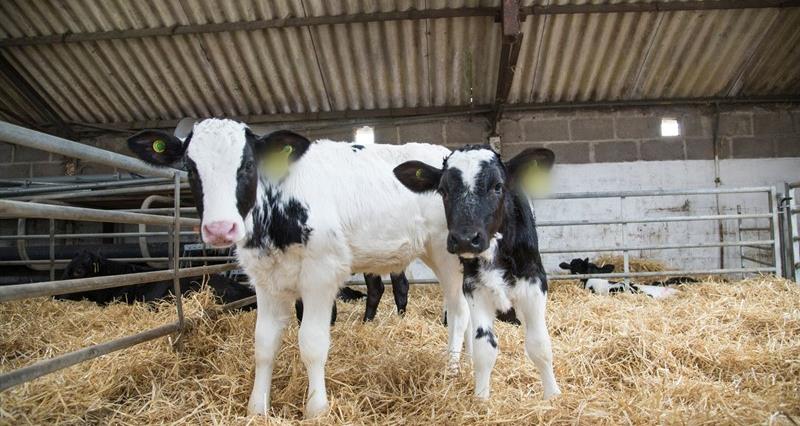Getting colostrum management right will play a key role in rearing healthy, well-grown calves.
By reaching growth targets, heifers are more likely to calve at 24 months old, which is associated with higher profitability and longevity. Instigating a robust colostrum policy is therefore the first step in setting heifers up for a long and productive life, resulting in top herd performance.
Quality and delivery
In the past, farmers have relied on the colour of colostrum to gauge its quality, and assumed that a calf suckling its mother will have taken in sufficient quantity. Neither is an accurate measurement of colostrum intake or quality. To ensure that calves receive adequate colostrum – for optimal growth and health – it is important that all farms have a management policy in place.
The ability of calves to absorb antibodies from colostrum reduces rapidly after birth. Although the legal requirement is to provide colostrum within 6 hours, the ability to absorb antibodies will be declining after 2 hours.
Colostrum should be fed at 38ºC, which can be done by warming it up in a water bath of 50ºC until the colostrum has reached 40-42ºC. It is important not to overheat it as this will denature the antibodies.
Hygiene
Bacterial contamination reduces the quality of colostrum, and also puts calves at risk of disease. Bacterial counts in warm colostrum can double every 20 minutes. This is another reason why colostrum should be fed quickly, and stored in a cool place if not immediately fed. Colostrum should always be handled as hygienically as possible.
Measuring success
While colostrum quality can be measured at home, determining the success of colostrum management can be done through blood sampling to measure passive transfer of antibodies. This can be arranged through your vet. They will also be able to give advice on management, if the results show calves are not receiving adequate colostrum.
NFU dairy board member Jess Langton said: “Giving your calves the best start in life, whether for heifer replacements or for calves that will go on to be reared for the beef supply chain, is absolutely crucial and colostrum management is clearly central to this.
“Dairy farmers constantly strive to get the best from their herd and ensure its future sustainability, as well as that of our industry. Through good colostrum management, we are essentially making an investment into the robustness of our dairy herd. But we are also investing in ensuring that we are producing calves that the market wants and that the rearer or finisher will be able to also make a profit from – thus benefitting the whole supply chain.
“Under the industry’s Dairy Calf Strategy workstreams, great efforts have been made for further collaboration and communication between the dairy farmer and the rearer. Improving colostrum management knowledge and practices, as well as sire recording and using desired genetics all are enabling more viable and profitable calves to be produced.”
